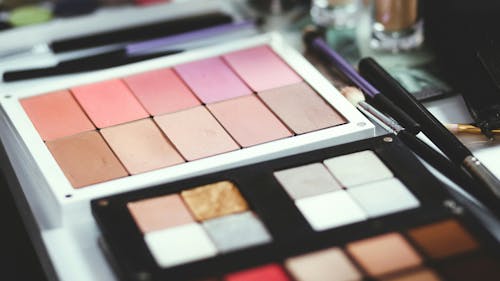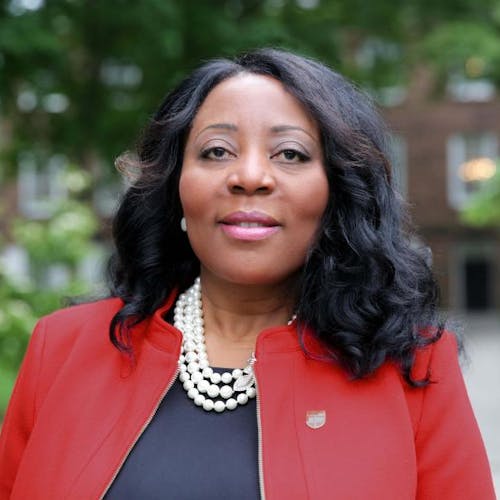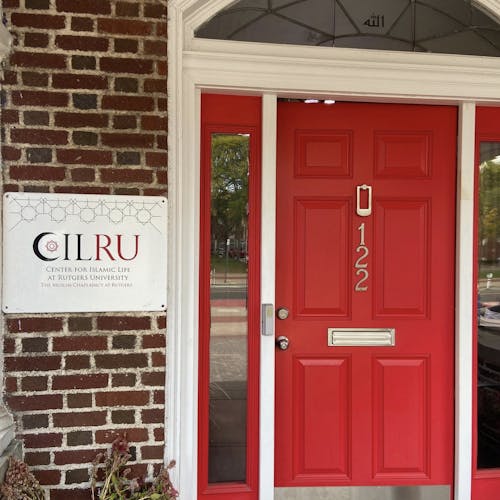U. expert explains causes, consequences of Sephora Kids trend

"Sephora Kids" have reportedly engaged in behaviors that disrupt shop environments and the experiences of other customers, according to an article from the British Broadcasting Corporation (BBC) earlier this year.
The BBC said the term, commonly used on TikTok, is used to describe young girls who have obsessively engulfed cosmetics stores such as Sephora to purchase both cosmetics and anti-aging properties.
The Daily Targum spoke with Sonia Rodrigues, the senior director of the School and Community Based Programs with Rutgers University Behavioral Health Care, about the uptick in this trend and its implications.
She said the trend is based on an increase in affiliate marketing by influencers, a form of advertising where a business pays independent publishers to send customers to their products and services. The number of teenagers accessing information about beauty products encourages them to purchase those items to feel included, Rodrigues said.
"I also think this is related to the fact that kids are on FaceTime or Snapchat all the time, where there's a focus on the face," she said. "There's a lot of pressure to make sure that they are looking their best."
According to a Pew Research Center report, more than 80 percent of adolescents reported social media helps them feel connected to their peers and their lives.
Rodrigues, who manages a private practice alongside working with children and adolescents in school and community-based settings, said she has also observed young people wanting to experience a sense of belonging in her workplace. She said she has had several encounters with youth clients who discuss their desire to follow beauty standards, which may have resulted in their participation in the trend.
One particular instance she noted was when a youth client and their family discussed how the client was taking showers around midnight during weekdays. Rodrigues said she asked the client if they can start showering earlier in the day, but the client declined because they felt they needed to look camera-ready while their friends were awake.
"I also have a preteen and teenager ... asking me to go out and purchase products that I had not heard of," she said. "They were taking a particular interest in buying some of these products that they were hearing about on TikTok."
Rodrigues's clients have demonstrated several mental health implications arising from this trend. For one client, the desire to feel included among their peers was just one consequence. Alongside that stressor, she said the pressure the client felt to select a product from a wide assortment was overwhelming.
Rodrigues said these implications can also extend to parents, who may feel pressure to purchase the products for their children even if the family does not have the financial means to do so.
Influencers and caregivers can both take steps to prevent these consequences, she said. Influencers can do so by providing information about the use of these products and who they are meant for, while guardians can listen and pay attention to what their children are viewing and why they are asking for those products.
"I think the best advice is just to not shut your kids down when they want to talk about this," Rodrigues said. "(Have) a lot of discussions with (kids) about this time period, pressures that they're receiving from peers to fit in and then which products are best for their age group."



